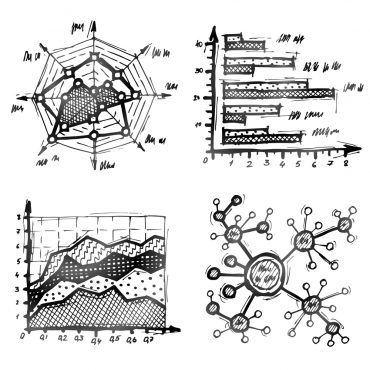
The COVID-19 pandemic has reinforced the need to have access to data in real-time.
Tamr announced today a series of data sets that enable organizations to more easily analyze the impact the COVID-19 pandemic is having on supply chains.
The goal of the “Data Can Help” initiative is to make it simpler for organizations to optimize their supply chains to better cope with a disruption that is still having a global impact on manufacturing and distribution, says Matt Holzapfel, solutions lead at Tamr.
See also: How Real-Time Data is Automating the Temperature-Controlled Supply Chain
The “Data Can Help” offering layers real-time COVID-19 data on top of existing supply chain and spend data from organizations to enable executives to make faster decisions to prevent or minimize disruptions to supply chains, says Holzapfel.
Priced starting at $50,000, the Tamr offering provides up to five analytics-ready datasets updated weekly to drive data visualization tools. Examples of those data sets include a Data Can Help for Spend Analytics and Procurement offering that allows companies to ensure both direct and indirect spend is categorized appropriately to effectively identify opportunities for cost savings and a Data Can Help for Supply Chain Risk and Planning offering that enable organizations to visualize the impact the closure of manufacturing plants and more easily identify alternative suppliers.
The COVID-19 pandemic exposed a wide range of supply chain issues that many organizations were simply unprepared to handle. Organizations clearly have a pressing need for data to make more informed decisions about how to either maintain operations or in some cases restart them.
At the core of many of the supply chain issues being encountered is a dependency on just-in-time (JIT) manufacturing processes that are distributed around the globe. While JIT manufacturing processes have reduced costs for organizations, they also tend to be more fragile. A sudden lack of availability of a key supplier can have a profound ripple effect across multiple organizations dependent on the goods and services provided by that supplier.
In general, Holzapfel says the COVID-19 pandemic has reinforced the need to have access to data in real-time. There is no shortage of analytics tools and data scientists to analyze data, says Holzapfel. The challenge is finding a reliable source that has aggregated the data needed to optimize a supply chain, adds Holzapfel.
“It’s about time to value,” says Holzapfel. “Data is an asset.”
In the wake of the COVID-19 pandemic, most organizations have a greater appreciation for the value of data. Many of the critical supply chain decisions made in the past few months have been little more than a best guess. Shortages of everything from critical medical supplies to the types of meat available in a specific geographic region have all been chronicled. Many businesses, in fact, may not survive the pandemic in part because they lacked access to critical raw materials.
Less clear at the moment is to what degree organizations may now have a greater appreciation for real-time analytics. However, as organizations conduct post-mortem reviews of all the things they did right and wrong during the pandemic it will become apparent that the difference between merely surviving and thriving depended at critical junctures on the quality of the data available.






























